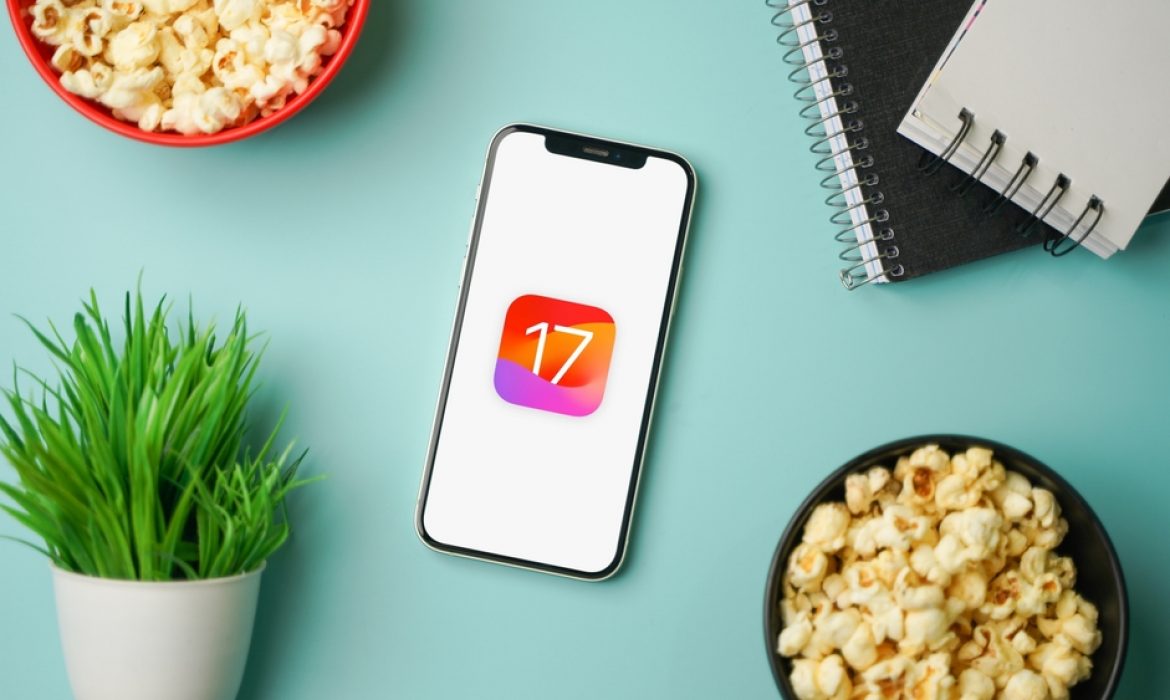iOS 17, Apple’s latest offering, hasn’t met with the enthusiasm the tech giant might have expected. This update, released on September 18, promised enhanced features and performance tweaks. However, iPhone users seem to be treading cautiously, with only 26.2% of compatible devices switching to it. This number, published by Mixpanel, includes the default installation on the iPhone 15 lineup.
One of the significant factors dampening the update fervor is the proliferation of bugs in iOS 17. Among the most alarming issues reported by users is the overheating issue faced by the iPhone 15 and iPhone 15 Pro. This, coupled with other glitches, has created an atmosphere of uncertainty around the new update.
Interestingly, almost 45% of iPhones are currently running various versions of iOS 16 (16.6, 16.6.1 and 16.7). For users, these versions symbolize stability. Apple worked diligently on them for almost a year, ensuring that most bugs were identified and fixed, making them the preferred choice for a conservative user base.
Statistics show a sharp decline in the number of updates, falling by almost 24% compared to the adoption of iOS 16 at the same time last year. This hesitation can be attributed to the cautious approach that users are taking due to common issues faced by early adopters of iOS 17.
One of the clear problems that have been reported recently is poor Wi-Fi performance. Users have complained that apps have difficulty loading data or that connections become very slow. In some cases, the iPhone stopped loading content in popular apps such as Threads, TikTok, and even Safari. These Wi-Fi-related issues have only increased skepticism about iOS 17, forcing users to stick with more stable versions of iOS 16.
As Apple addresses these issues, they have a responsibility to quickly resolve the issues identified. Restoring the trust of the iPhone user community will require not only quick fixes, but also active communication of improvements. Until then, the hesitant steps of users migrating to iOS 17 continue to echo across the digital landscape.
